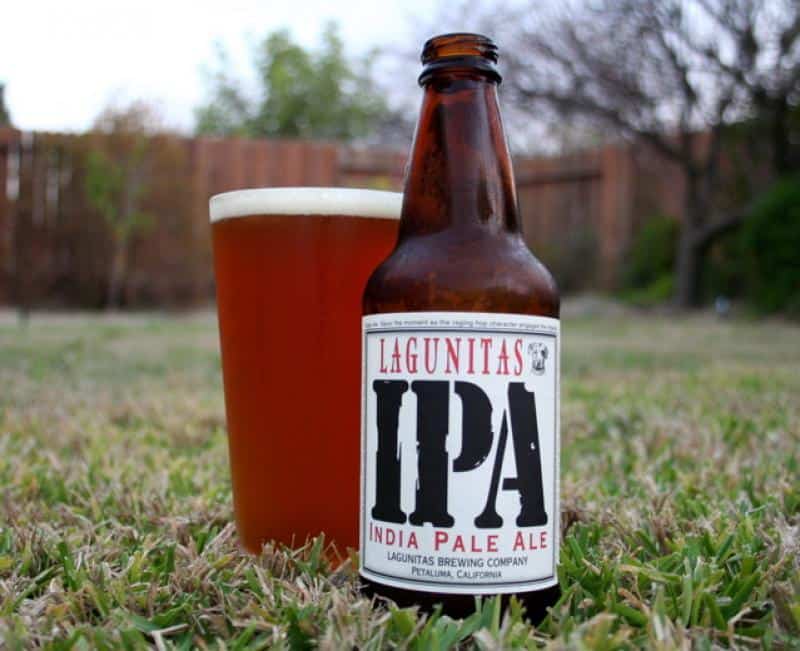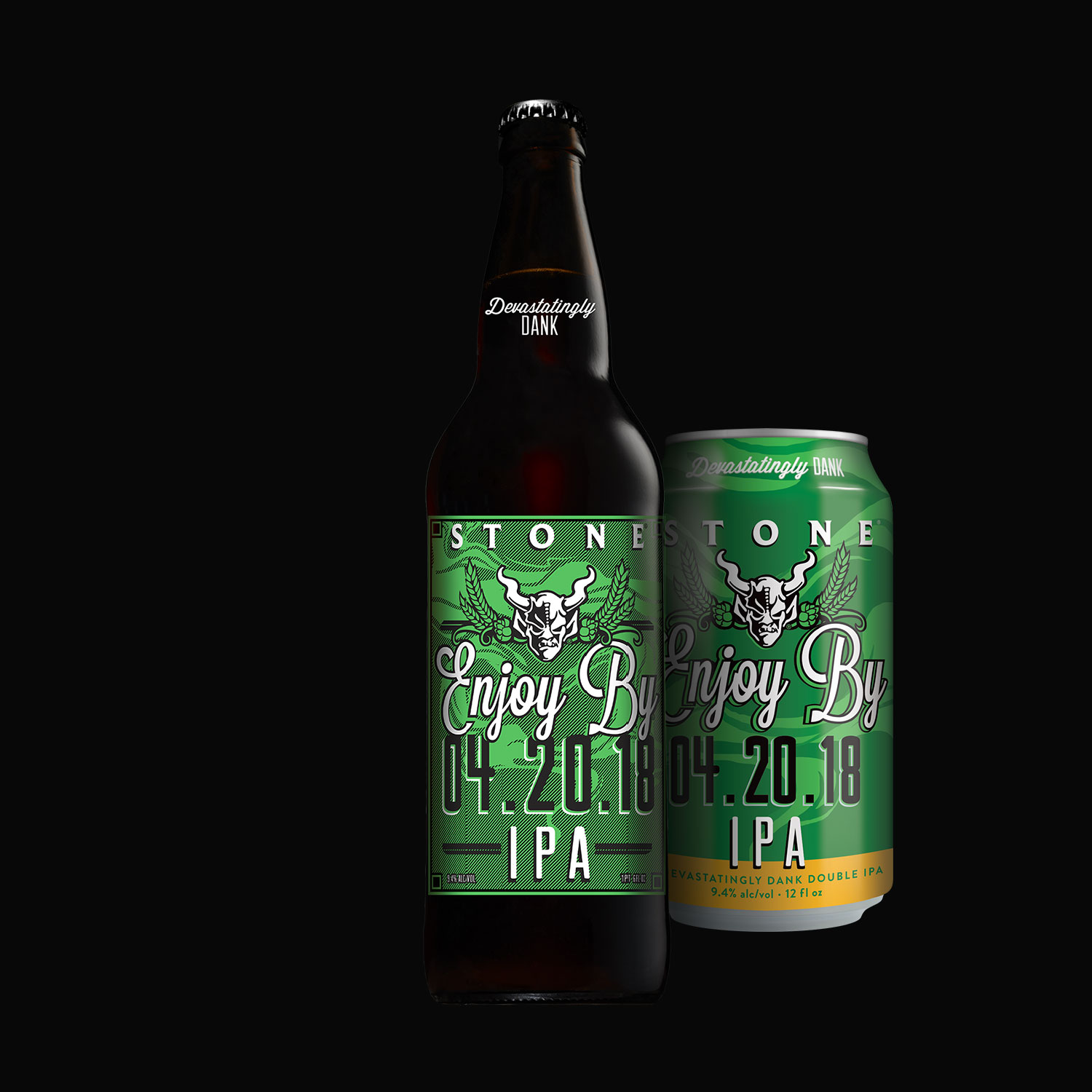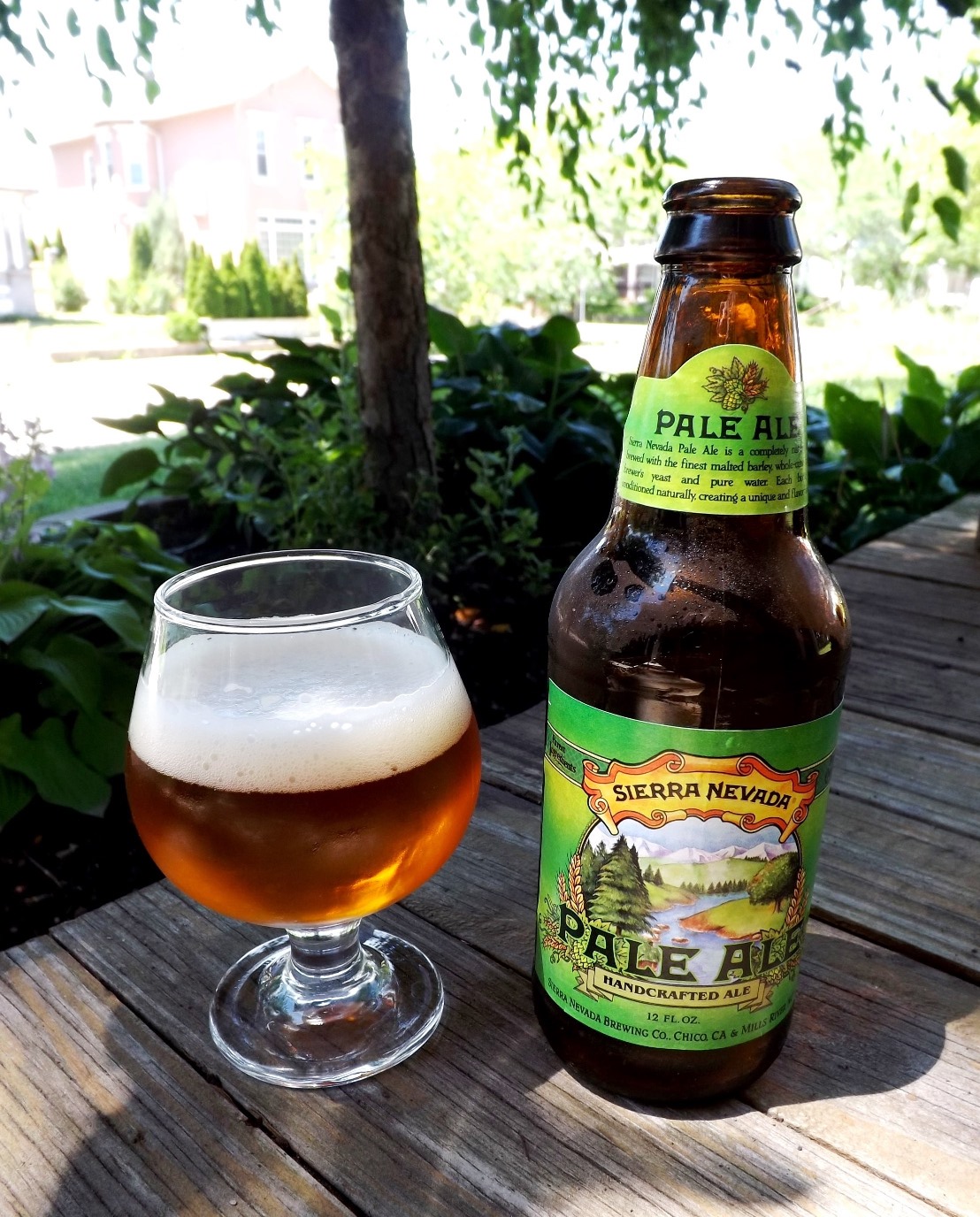IPA’s Tie with India
Beverages are considered quintessential from human’s nutrition needs to enjoying beer pong at a party. Now that I’ve stated beer pong, did you know that beer is considered as the third most popular beverage after water and tea. What’s more fascinating is that there are over 100+ distinctive styles of beer! Each just as unique as the others. But there is a term that has started dominating the commercial alcohol industry at a very steady growth – IPA (India Pale Ale). Even though it is named after India, the origin lies elsewhere. I sense curiosity, well ‘hop’ on board as we start the sail of this journey!
Debut of India Pale Ale in the society
A new type of beer emerged in United Kingdom, supposedly 200 years old yet its origin is caught up in an altercation. Weather in India was too hot to brew with little technological advancements and whilst porters and dark ales were shipped to India, they posed a major problem since the beer would get infected or stale before arriving. So to tackle the situation, a beer that could survive the 6-months journey from Britain was introduced.
Initially George Hodgson’s Bow Brewery (a London based brewery) exported beer to India. But it wasn’t just beer it was a heavily hopped beer called as ‘October Ale’. This ale was supposed to undergo the aging process similar to wine before consumption. The beer not only went through a phase of impeccable improvisation but also survived the journey. So, this can be stated as a predecessor of today’s IPA.


This ale was imitated by big brewers but the quality and strength weakened over time. With the invention of proper refrigeration techniques, IPA vanished from the markets that is until the Americans discovered a new found love for brewing around 1970s. Therefore, a beer invented in Britain for Indian markets, was actually revived by the Americans and emulated by British brewers.
What is IPA & Why is it so popular?
Beer can be made from lots of cereal grains like malted barley, wheat etc. but ‘hops’ is the most prominent choice for modern day beer. India Pale Ale is a type of beer which is known as one of the most ‘hoppiest’ beer. The main focus is on the concentration of hops rather than the malt flavors. In comparison to the lighter and brighter pale ales the following facts differentiate the IPA from the lot:
- Color – Golden amber to dark brown, black.
- ABV – 4.5% to 20.0%
- Beer color (acc. To SRM) – 6 to 14
- Bitterness – usually 30 to 100 (can even exceed to 120 for some brands)
In short IPA’s are basically moderate with consistent hoppy taste and aroma. But why is it hyped so much? How does a little more amount of hops make a certain beer stand out from the crowd? Bitter is a taste recognized by our taste buds but flavor is a synthetic component that adds value to the taste. Confusing? Well IPAs are bitter compared to other pale ales and not everyone likes bitter taste since it is based on individual perception. But all the other qualities like addition of flavor and the difference in color displays expressions like grapefruit, roses etc. thereby uplifting the bitterness to a different category.
Evolution of our taste buds has made IPA’s trending. The unusual hop flavor has been attracting people towards it. Majorly, craft brewers and bars or restaurants have made this beer a staple in their selection. Thus, giving it a boost of recognition and acceptability. Unites States, United Kingdom and India are some of the top countries that consume IPAs in large quantities.
Varieties available in India Pale Ale
- The English IPA – The original IPA also called as British IPA through which other subtype stem out. Hops like fuggles used for a grassy, light citrus character whilst the English yeast adds bit of fruitiness into the expression. Usually, ABV ranging from 5% to 7.5%. English IPAs have a dedicated balance between malt, hop flavor and bitterness. Lays out a dry finish on the palate while showcasing exceptional toasty malt notes. Examples – Samuel Smith’s India Ale, Summit India Pale Ale, Goose India Pale Ale etc.
- Belgian IPA – A hybrid style similar to American IPA but evolved into interesting flavors due to the use of Belgian yeast in the process called as bottle conditioning. The color ranges from gold to light amber often being cloudy. ABV for Belgian IPAs ranges from 6% to 11%. Example – Houblon Chouffe, Green Flash Le Freak.
- American IPA – A tale of two beer styles. Specifically categorized into two types: West Coast IPA & East Coast IPA. West Coast IPA uses hops like – cascade, chinkook, citra. These impart citrus or pine aroma in addition to the excessive number of hops resulting in a surfeit of bitterness. East Coast IPA follows the same method as West Coast IPA with the differentiation of usage of yeast. The smell produced by fermentation of yeast is almost identical to a tropical essence which emulsifies the hop flavor into something a tad less bitter. ABV for American IPA is around 5%. Example – Lagunitas IPA, Dogfish Head 60-minute IPA
- Double IPA – Also called as Imperial IPA, since imperial in the beer dictionary means really strong. The number of hops in this beer is twice as compared to others. The driest finish one could experience with surprisingly balanced sweetness of strong alcohol. Double IPA has been popularized due to hop heads getting bored of the usual thus demanding for a bit more hop flavor. And this love dedicated to the hop flavor doesn’t stop here – Triple IPA. You read that right, a beer not for the faint hearted and yet just as popular as the other types. Example – Stone Ruination 4.0, Society & Solitude#4
- Black IPA – It is more of a dark ale than an IPA. Cascadian Dark Ale named after its origin, smells like West Coast IPA has a full-bodied expression with hints of roasted flavor before your palate encounters a huge hoppy finish. Proportion of roasted malt displays notes of chocolate and coffee which suits the dark profile. ABV ranging rom 5% to 10%. Example – Sierra Nevada Blindfold Black IPA, Stone Enjoy Black IPA.
Edited By Trisha Mahajan













